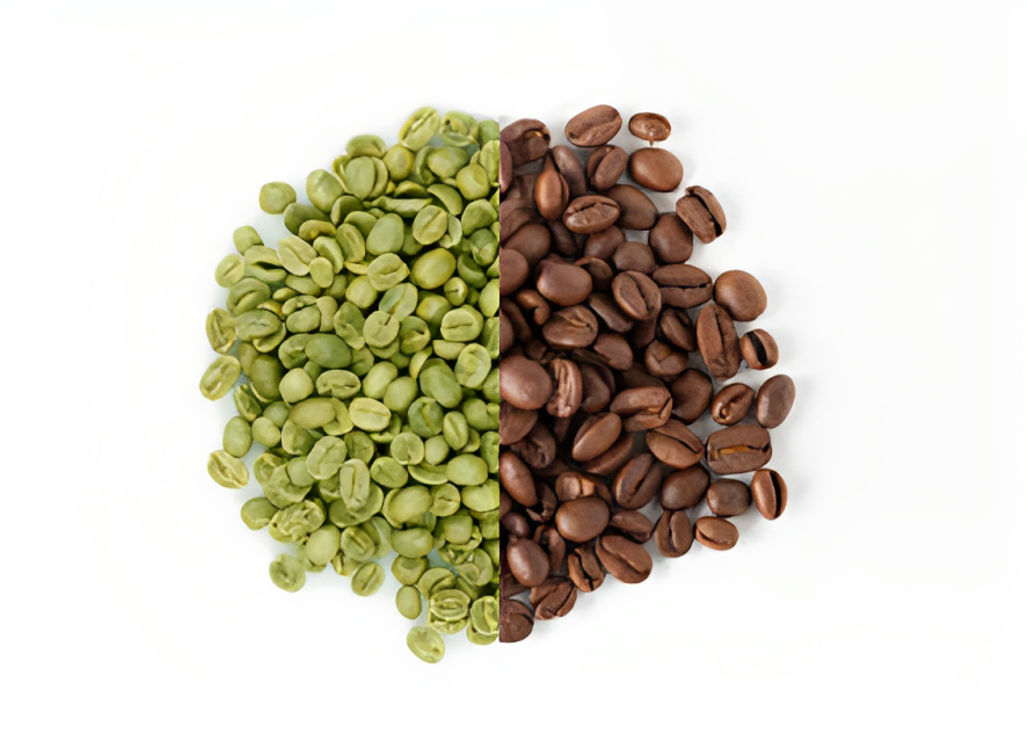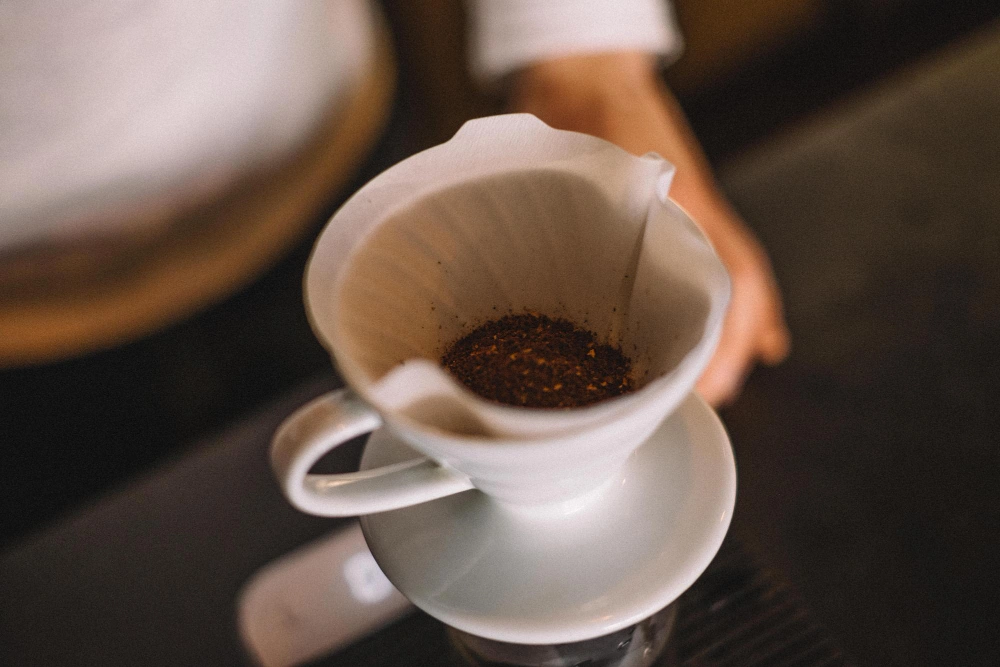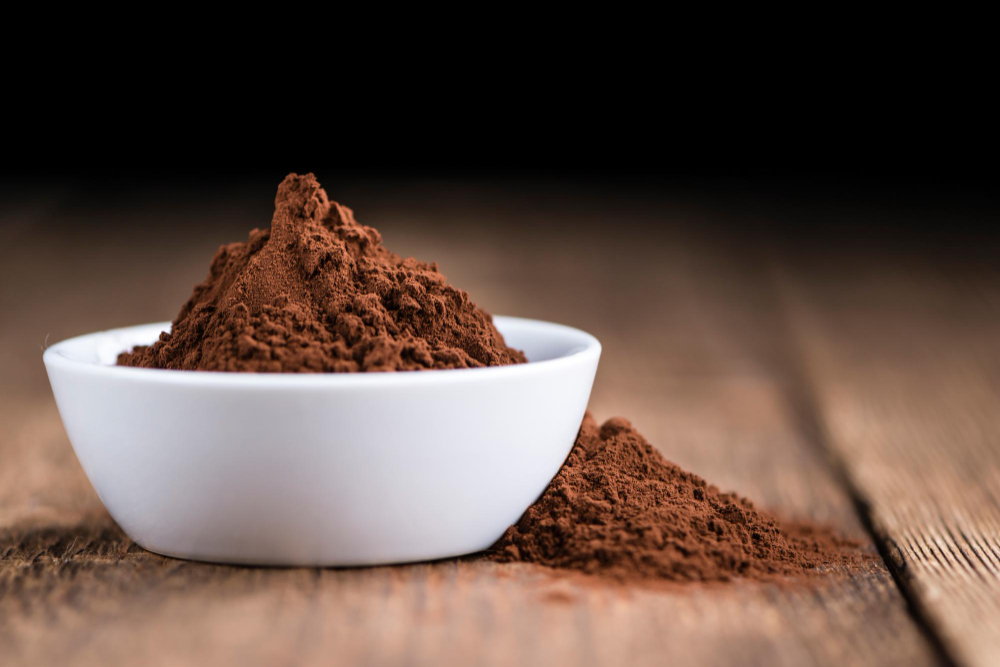Why Is Everyone Talking About Coffee Infusion ?
Coffee infusion has become the answer to three key market demands today. natural flavors, personalized sensory profiles, and consistent quality at an industrial scale.
By combining scientific precision with creative flavor design, brands can now craft distinct sensory identities; without relying on artificial essences or additives.

Market Shift: Where Is the Demand Coming From ?
Consumers are seeking authentic, naturally flavored beverages.
Cafés and roasters use infusion to elevate product value and build signature flavor profiles.
RTD and seasonal brands see it as a tool to create new sensory experiences and sustain customer engagement.
The Role of Science and Creativity
In infusion, science and creativity work hand in hand. one defines the process, the other shapes the experience.
Scientific control ensures precise extraction and stable flavor release; creativity transforms natural compounds into memorable aromas.
Together, they create the foundation for consistent, scalable flavor innovation.
Infusion is not just about blending; it’s about data-driven flavor design, where lab insights meet human taste perception to craft the next generation of coffee experiences.
Value of Infusion for Businesses
Roasters: Craft authentic, nature-inspired seasonal flavors.
RTD producers: Deliver natural taste with stable formulas.
Specialty cafés: Offer distinctive flavor experiences that increase loyalty and premium perception.
All together: Infusion transforms coffee from a beverage into a designed sensory product.
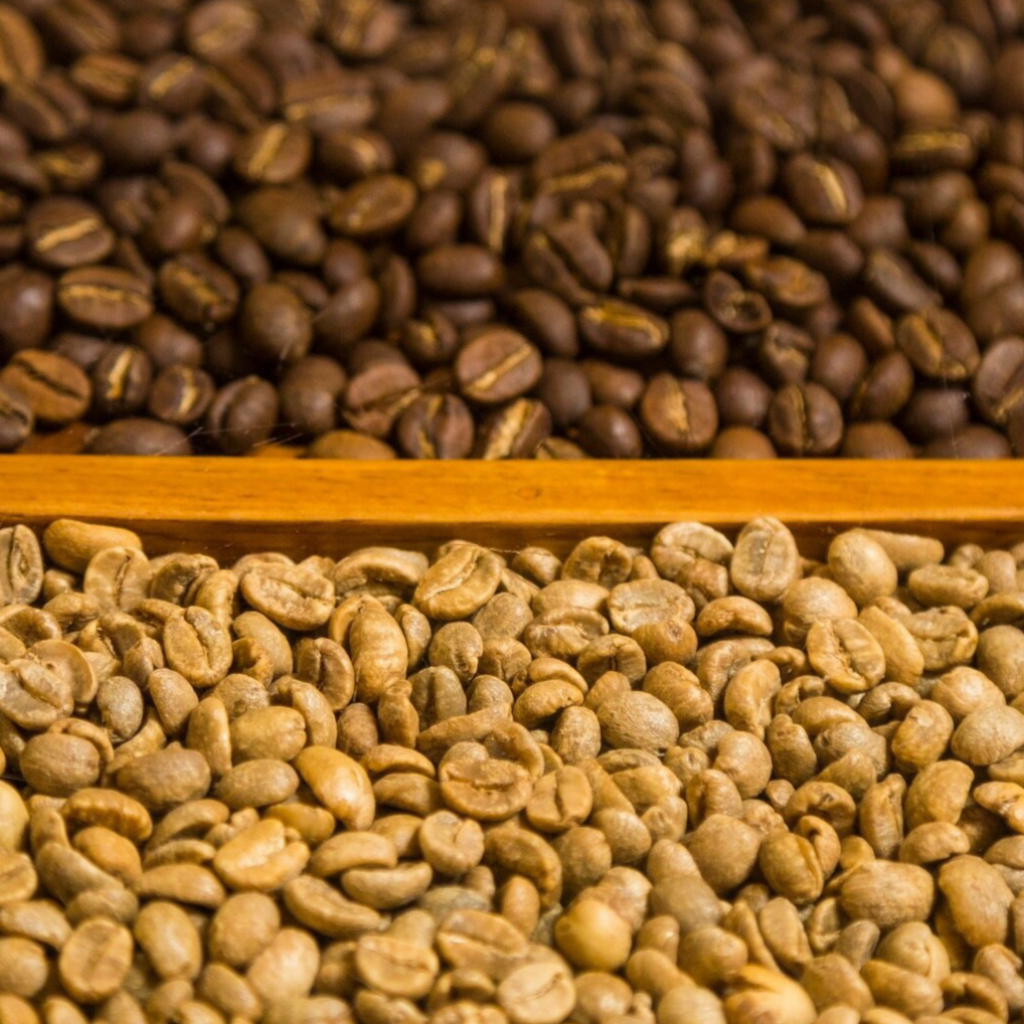
Coffee Infusion: The Beginning of a New Flavor Journey
Coffee infusion is redefining the link between science and taste, proving that the future of coffee flavor begins long before the brew. Discover how green coffee processing is driving the next wave of flavor innovation.
- Related articles
How Exactly Is Coffee Infusion Done ?
The infusion process in coffee means controlled transfer of natural compounds from the coffee cherry to the bean; creating stable, authentic flavors that can’t be achieved through artificial methods.
At each stage, a balance between science and flavor is maintained: temperature, humidity and contact time are precisely adjusted so that natural complexity is preserved. This harmony is what gives the final cup its unique and repeatable taste signature.
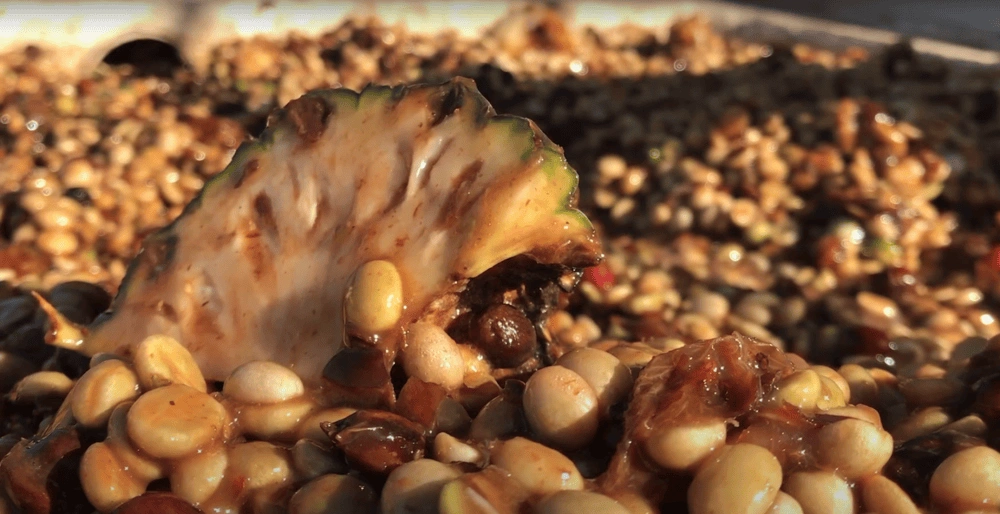
1. Selecting and Preparing the Beans
Everything begins with choosing the right variety and ripeness level.
In natural processing, the density and quality of the coffee cherry determine how effectively it can absorb natural compounds.
2. Adding Natural Compounds at the Right Stage
Natural additives ( such as fruit peels, herbs or aromatic plants ) are introduced during fermentation or drying.
At this point, molecular exchange occurs between the compounds and the bean surface, enhancing complexity and aroma depth.
3. Controlling Core Variables: Temperature, Humidity and Contact Time
Three parameters define success :
Temperature influences chemical reactions and balance.
Humidity shapes molecular absorption and compound transfer.
Contact time decides how deeply flavors are infused.
4. Drying, Resting and Flavor Fixation
After infusion, beans are dried under precise conditions to stabilize moisture and lock in natural aromas.
This is where the blend of science and craftsmanship determines the lasting flavor memory of the cup.
5. Scientific Evaluation & Sensory Profiling
At the final stage, QC testing and sensory profiling confirm the coffee’s balance of authenticity and flavor.
Experts analyze chemical data alongside sensory results; ensuring that the outcome isn’t accidental but scientifically designed.
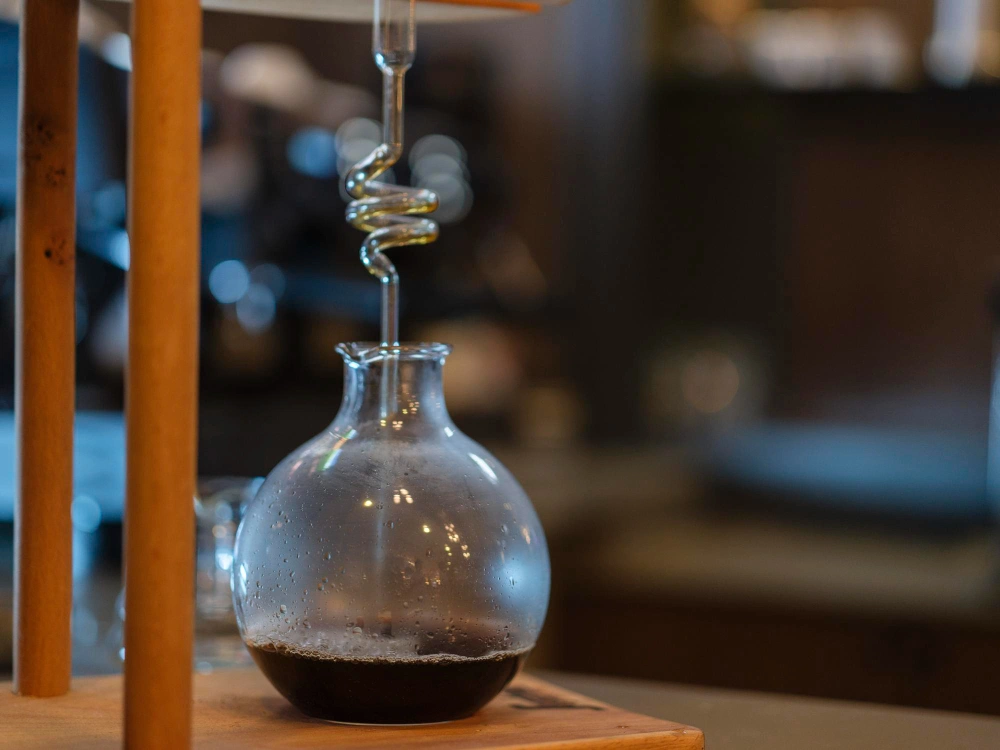
Coffee infusion is a combination of scientific process and artistic experience, where data, time and temperature are as important as taste and creativity. The end result is a coffee with a unique, natural and lasting flavor profile; a flavor created not by adding essences, but by a precise understanding of the bean’s behavior.

Coffee Capsules : From Everyday Convenience to a Sustainable Future
Just as science has transformed the taste of coffee, industrial innovations are changing the face of the coffee experience, from the infusion process to the design of sustainable capsules.
- Related articles
چطور واکنشهای شیمیایی، طعم خاص اینفیوژن قهوه را میسازند؟
In coffee infusion, the goal isn’t simply to add new flavors; it’s to precisely control how natural compounds interact within the bean.
Temperature, humidity and contact time influence how sugars, acids and volatile molecules form a unique sensory balance.
This balance defines the coffee’s flavor identity; from brightness and aroma to lingering sweetness.
Two key mechanisms drive this process :
Diffusion: the movement of flavor molecules into the bean, shaping depth and complexity.
Chemical Interaction: reactions between natural acids, sugars, and amino compounds that stabilize flavor over time.

In R&D studies using gas chromatography (GC–MS), researchers found that these reactions are not random but designed outcomes, guided by data and controlled environmental conditions.
In essence, coffee infusion turns traditional fermentation into flavor engineering; where chemistry, data, and craftsmanship meet.

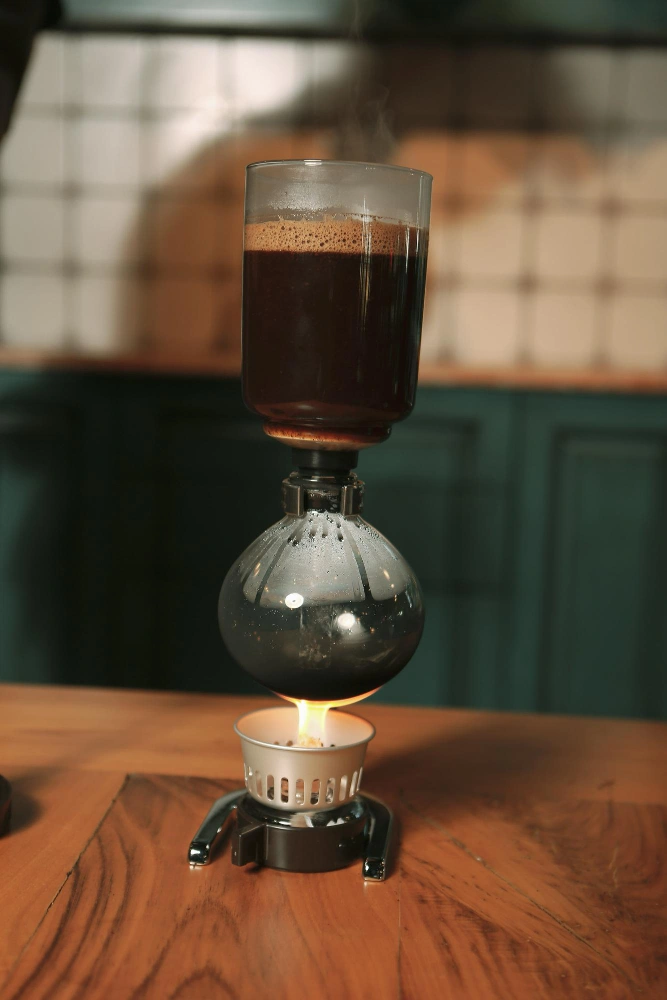
Cellular Structure and Bean Physiology
The cellular microstructure of green coffee determines how effectively flavor compounds are absorbed during infusion.
Recent studies show that beans processed through the Natural Process retain more mucilage and natural sugars, which enhance the absorption of aromatic molecules compared to Washed coffees.
Moisture Level and Flavor Penetration
Optimal moisture content (typically 10–12%) allows smooth diffusion of flavor molecules into the bean.
Excessive moisture can cause instability, while too little reduces absorption capacity and weakens flavor balance.
Origin and Genetic Composition
The bean’s origin and genetic type ( Arabica or Robusta ) play a major role in flavor interaction.
Arabica beans grown at higher altitudes often have more porous cell walls, allowing deeper infusion and more complex flavor notes, while Robusta offers structure and consistency ideal for industrial applications.
Industrial Bean Selection Tips
At an industrial scale, bean selection should prioritize moisture stability, cell integrity and absorption potential.
Low-density or over-dried beans are less suitable for controlled infusion, while freshly processed, balanced beans yield superior flavor retention.
The Role of Raw Materials in the Final Quality of Coffee Infusion :
In infusion coffee, quality doesn’t depend only on processing; it begins with the bean itself. The origin, moisture content and cellular structure of green coffee determine how well it absorbs and stabilizes flavor compounds throughout processing.
The better the raw material, the deeper and more consistent the infused flavor will be.
Green Coffee Beans and Their Flavor Absorption Properties :
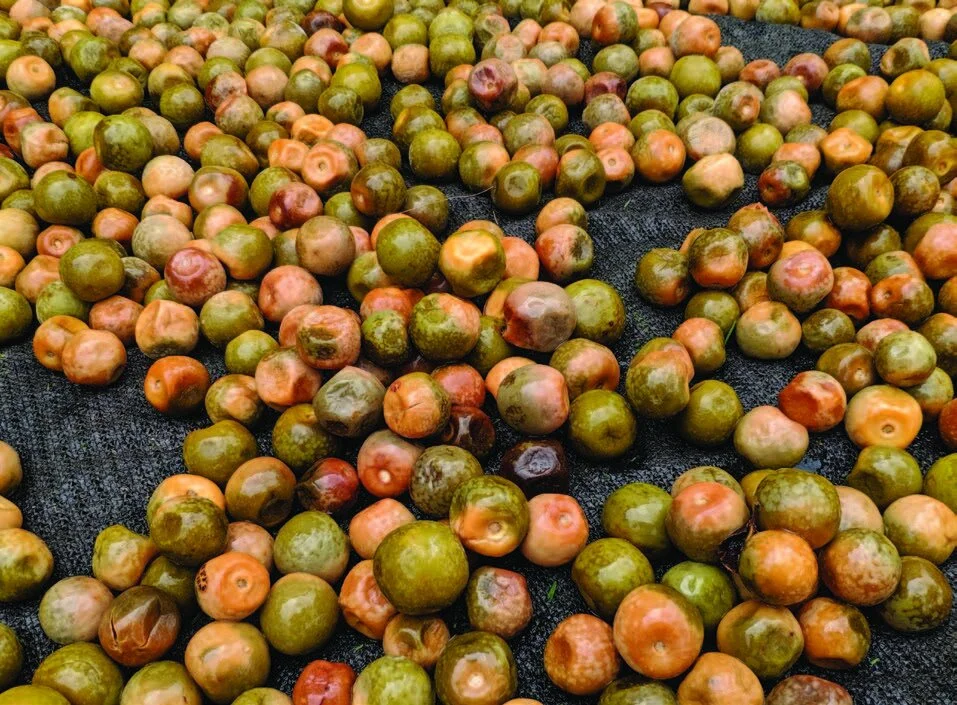
Natural Additives in the Coffee Infusion Process :
In coffee infusion, natural additives aren’t just flavor enhancers; they’re part of the sensory architecture of the coffee itself. These botanicals help build stable, data-driven flavor profiles that integrate with the bean’s natural compounds.
The Logic Behind Natural Compound Selection
Natural additives used in coffee infusion must be pure, traceable and sustainably sourced.
During infusion, botanical extracts, essential oils and natural terpenes or esters interact with the bean’s volatile compounds to build complex sensory profiles.
To achieve balance, additives are grouped by their sensory contribution :
Floral and aromatic oils (jasmine, vanilla, rose) add warmth and depth.
Citrus and fruity extracts (bergamot, lemon, orange) enhance brightness and acidity.
Spices and woody botanicals (cardamom, cinnamon, sandalwood) provide balance and persistence.
Selecting the right additive depends on the coffee’s origin and chemistry.
For instance, high-altitude coffees with higher acidity pair best with floral or citrus infusions, while nutty or chocolatey profiles work better with spice-based or woody notes.
Quality Control and Industrial Standards
In industrial coffee production, all natural additives used in infusion must meet purity and safety certifications such as ISO 22000, HACCP or EFSA/FDA GRAS Listing.
In research and development, additive quality is validated through advanced analytical and sensory methods, including:
Gas Chromatography–Mass Spectrometry (GC–MS) : for analyzing volatile compounds and verifying aroma integrity.
Sensory Profiling : cupping-based evaluation following SCA standards to ensure flavor stability and balance.
This integration of science and sensory expertise ensures that infused coffees meet both creative and industrial benchmarks; delivering consistency, sustainability and compliance at scale.

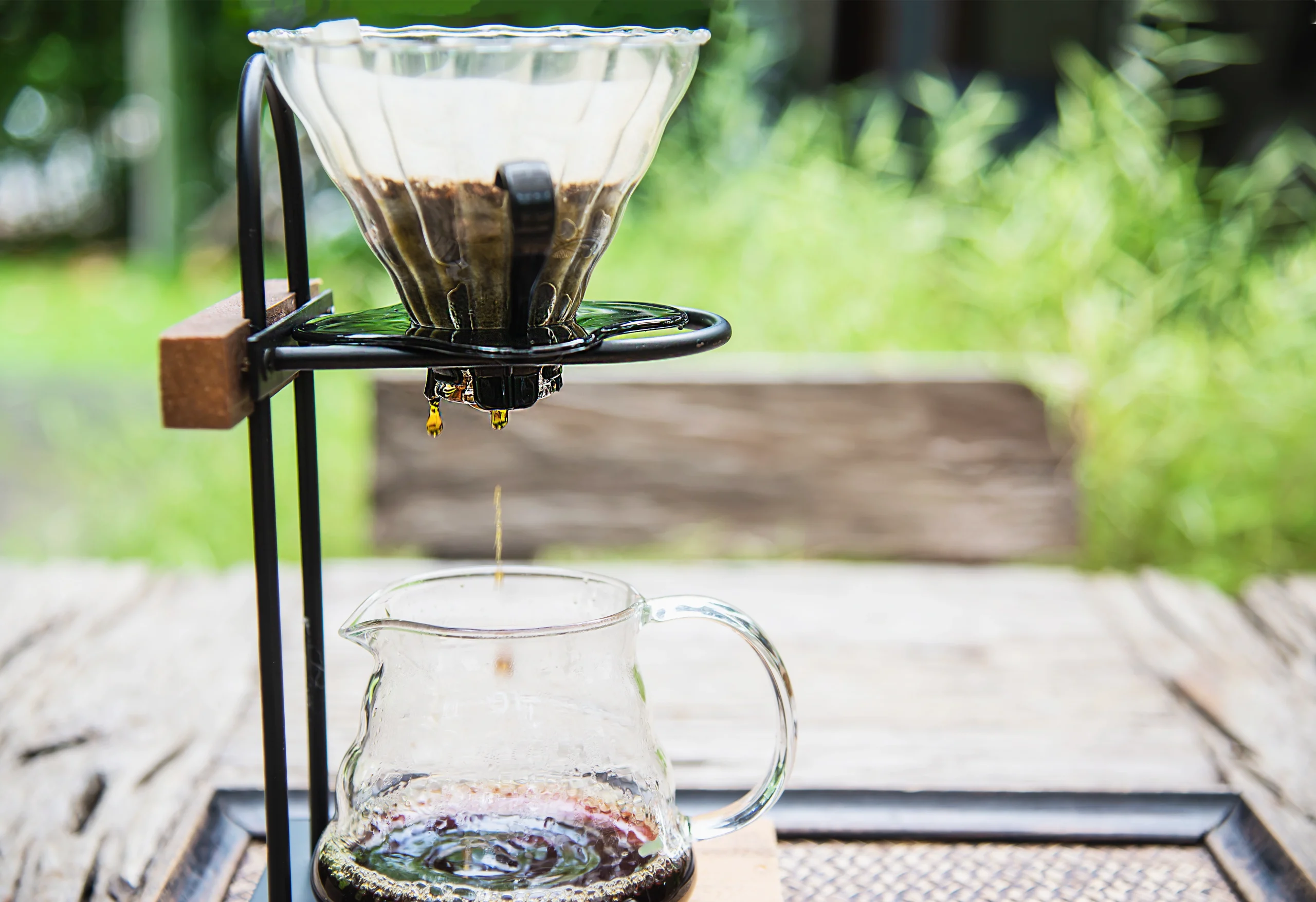
Natural additives in infusion coffee bridge science and nature; compounds designed not just for taste, but for precise sensory creation. Here, data and flavor innovation meet, turning coffee into a naturally inspired yet scientifically engineered experience.
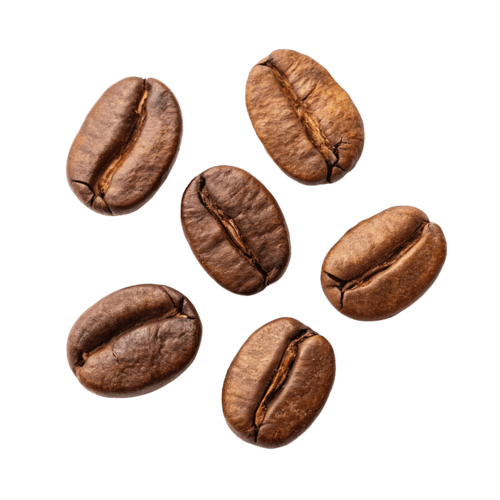
Arabica or Robusta: Two Beans, Two Worlds of Aroma and Caffeine
Behind every cup lies a story ; of caffeine, aroma, and hidden acidity. Which one truly matches your taste: the refined elegance of Arabica or the bold intensity of Robusta ?
- Related articles
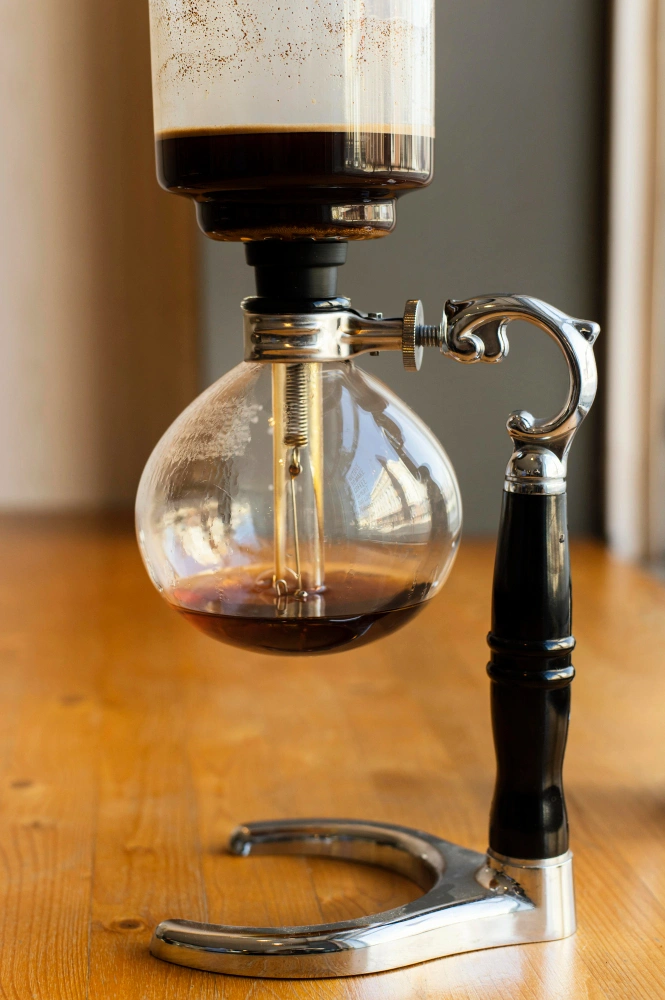
Industrial Methods of Coffee Infusion :
In industrial settings, two main infusion approaches are used; each designed for specific goals and sensory outcomes :
1. Pre-Roast Infusion
(Before roasting)
In this method, green coffee beans are exposed to controlled natural compounds before roasting.

Deeper absorption of flavor compounds into the bean’s cellular structure.
Higher stability and flavor consistency during later roasting stages.

Requires precise control of moisture and pressure.
Risk of unwanted fermentation or bean structure imbalance.
2. Post-Roast Infusion
(After roasting)
Here, roasted beans are infused with natural extracts or aromatic oils to achieve customized flavor profiles.

Greater flexibility in flavor design and customization for brands.
Ability to create signature blends or limited-edition profiles.

Requires accurate timing and controlled absorption to avoid over-saturation.
Risk of uneven flavor distribution between beans.
Both methods rely on analytical and sensory data (QC & sensory profiling) to ensure that every infused batch maintains flavor repeatability, consistency and traceability.
The Industrial Path of Coffee Infusion :
In recent years, the coffee industry has entered a stage where the line between traditional processing and scientific innovation is fading.
Infusion coffee is no longer just about sensory experience; it’s a strategic approach to creating added value, developing unique flavor profiles and shaping the next generation of specialty-grade products.
Coffee Infusion Models by Temperature : From Hot to Cold
Beyond industrial Pre-Roast and Post-Roast methods, temperature-based infusion models are also gaining ground.
In these systems, flavor extraction depends on contact time, temperature and compound solubility.
Two main approaches exist :


Some brands also use Vapor Infusion or Barrel-Aged Infusion, combining aroma chemistry with maturation techniques to build layered flavor complexity.
The key difference among these models lies in how temperature shapes extraction dynamics and final flavor perception.
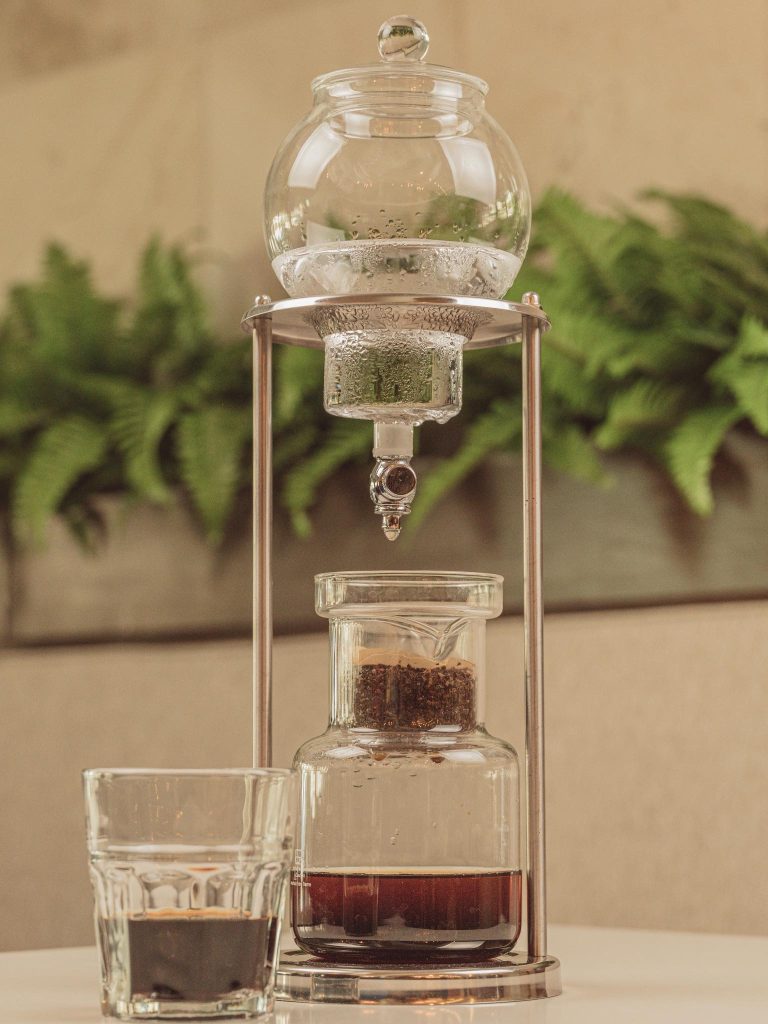
Market Trends and Global Innovation in Coffee Infusion :
The global infused coffee market has grown by over 25% in the past three years.
Europe and East Asia lead in developing infused specialty coffees, focusing on natural, functional and sustainable ingredients.
Consumers increasingly seek coffees that deliver both taste and well-being, driving demand for products infused with botanical or functional compounds.
Brands adopting data-driven infusion methods now meet both flavor performance and sustainability standards, ensuring traceability and consumer trust.
Emerging technologies such as green processing, energy reduction systems and bio-based flavor compounds are paving the way for a more sustainable future of coffee innovation.
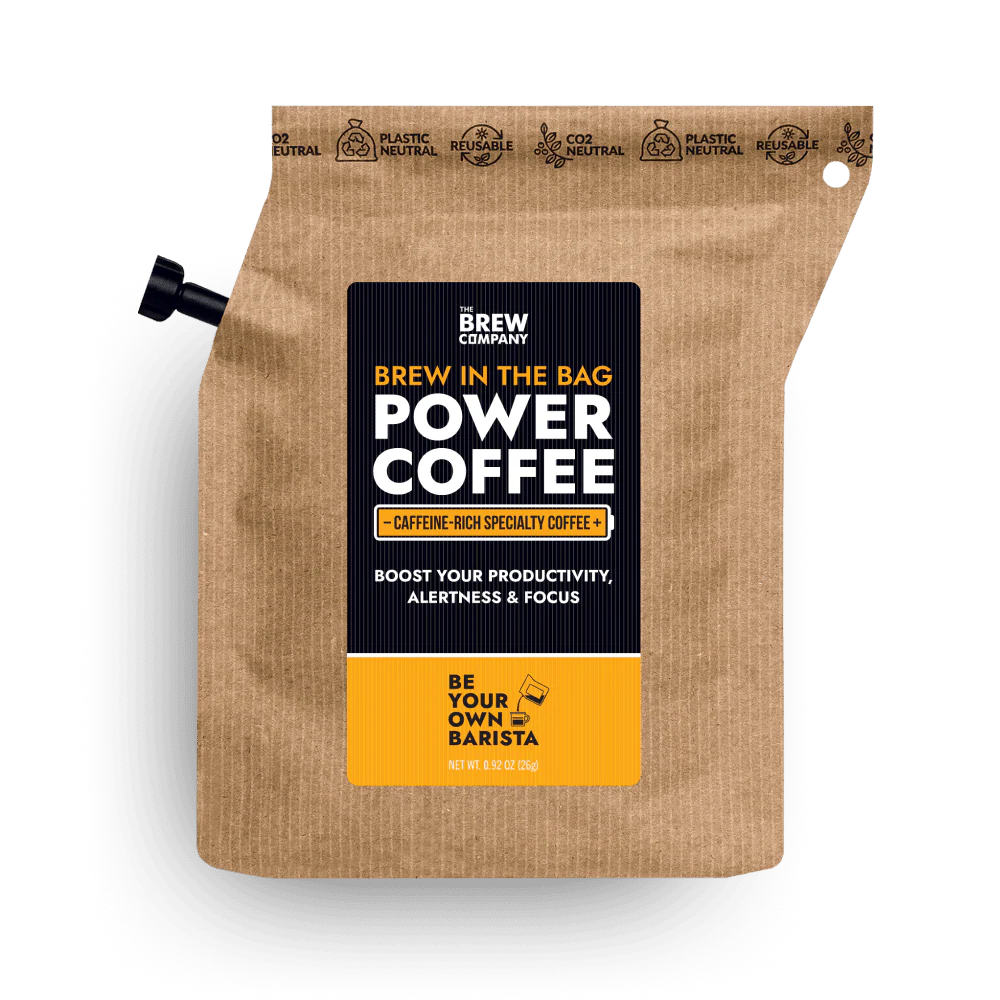
Outlook The Future of Coffee Infusion :
The future of coffee infusion won’t be defined only by taste; but by sustainability, sensory design and scientific precision.
Green processing technologies, lower energy use and bio-derived compounds are transforming how coffee is produced and perceived.
Collaboration among growers, flavor technologists, and innovation-driven brands is turning coffee into a multi-sensory, data-informed product ecosystem.
Ultimately, the future of infusion lies in the transfer of scientific knowledge; understanding not just how coffee tastes but why. In the next era of coffee, infusion will no longer be a method; it will be a mindset.
